I'm really sorry that haven't been posting, but I have been continuing to take pics for y'all.
So, I split the liquid starter into 2 starters on Day 3, and I've been tending both ever since. I was feeding them every 12 hours, but they were both starting to smell like raw flour, so I switched to 24 hours (it must not be as warm in my kitchen as I thought).
There really hasn't been much action overall.
The liquid starter is pretty much stable and has a nice sour smell. It produces a gas and hooch consistently, but it isn't particularly active. The regular starter has taken until day 9 to develop a sour smell, and it produces a few bubbles everyday, but it's not increasing in volume yet. I think we just haven't captured a vigorous yeast.
Now time for the pics!
Pics
Day 3

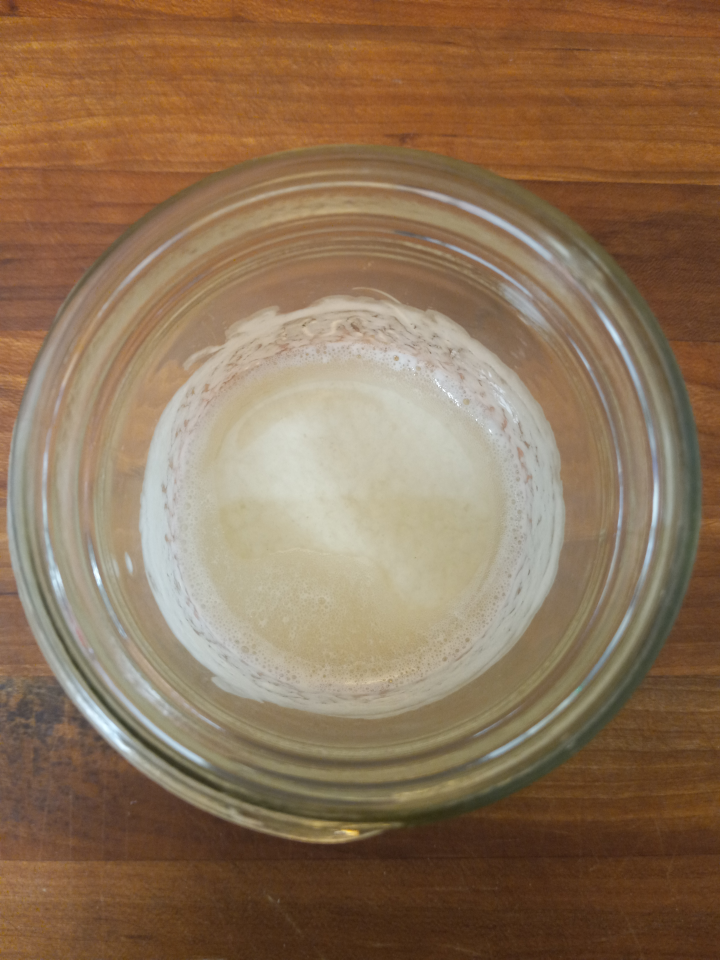
Day 4 AM
Liquid Starter
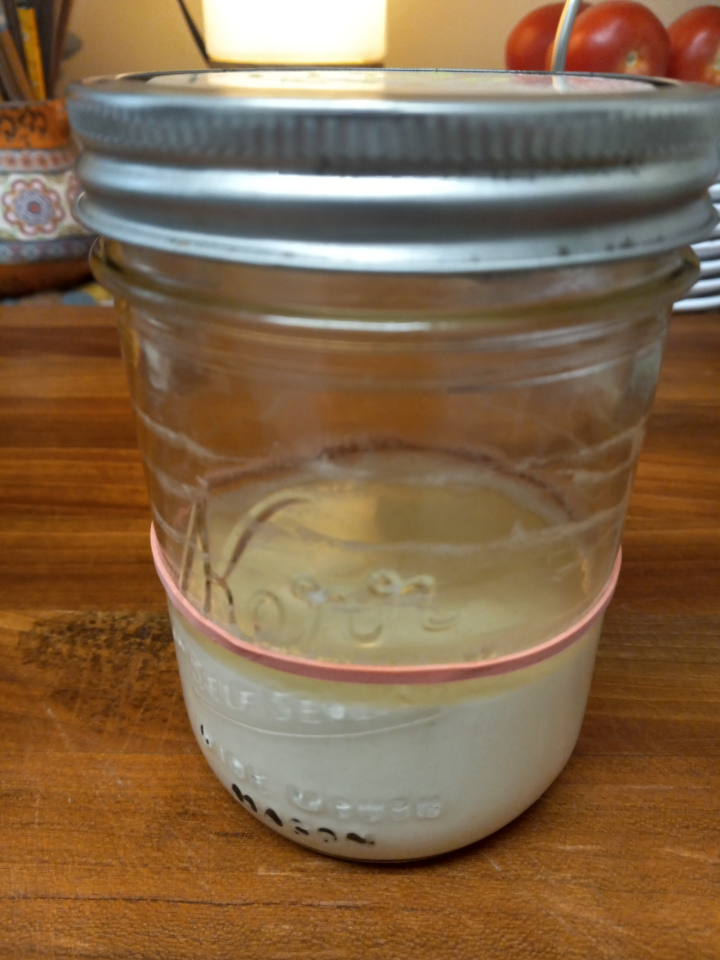
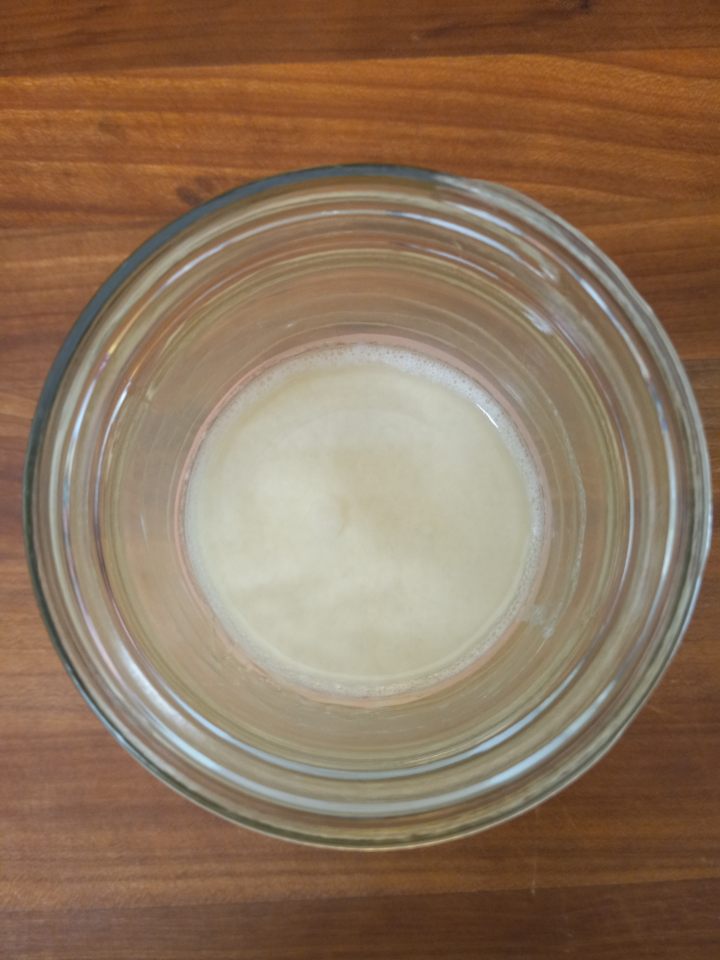
Regular Starter

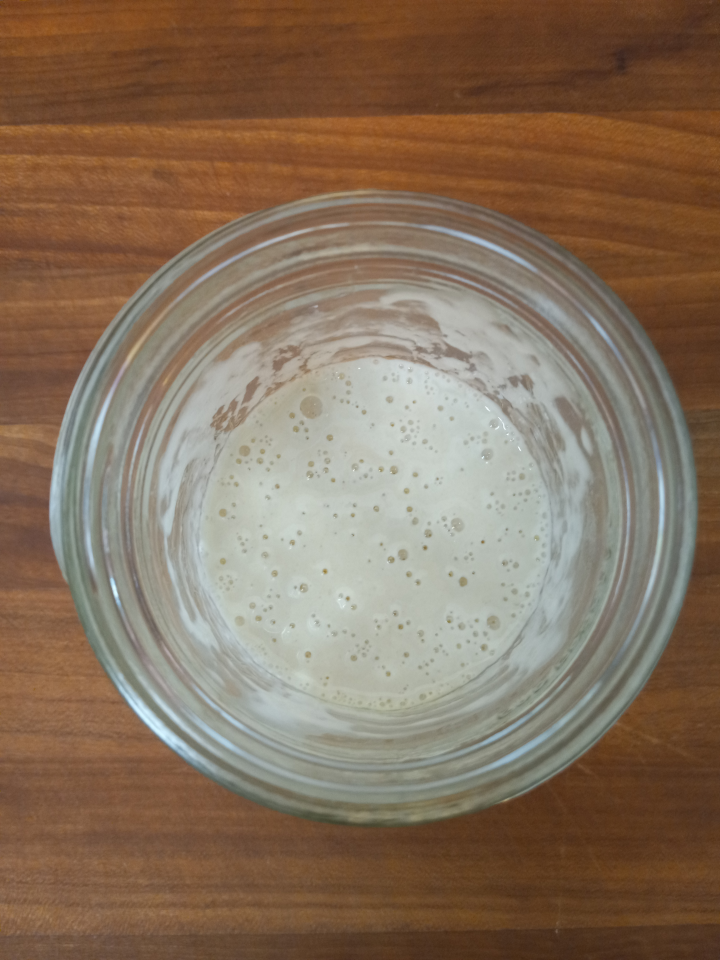
Day 4 PM
Liquid Starter
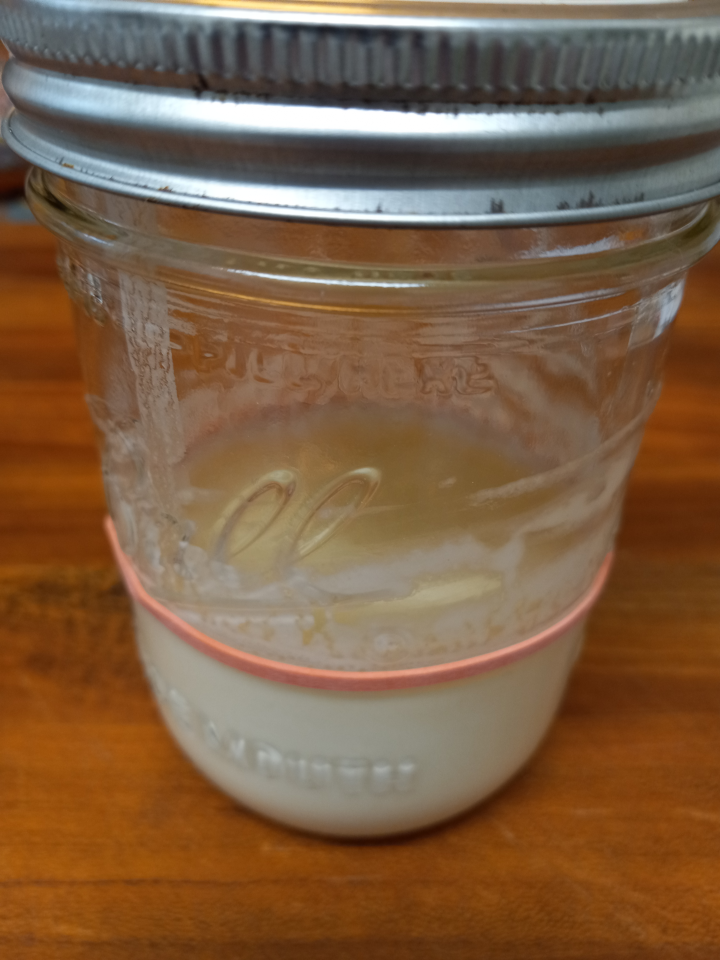
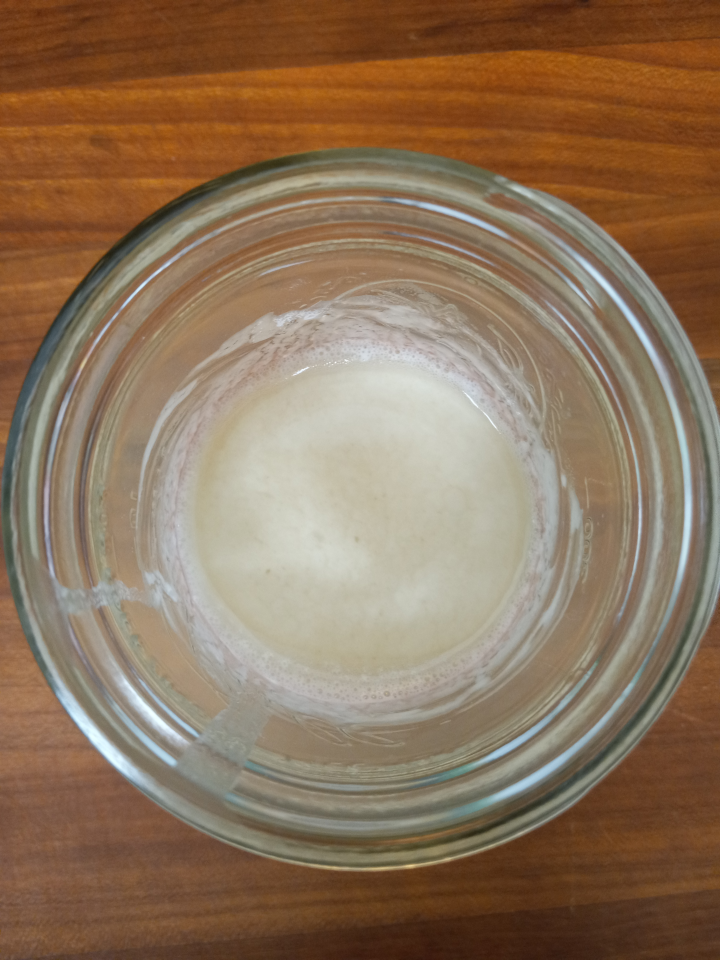
Regular Starter
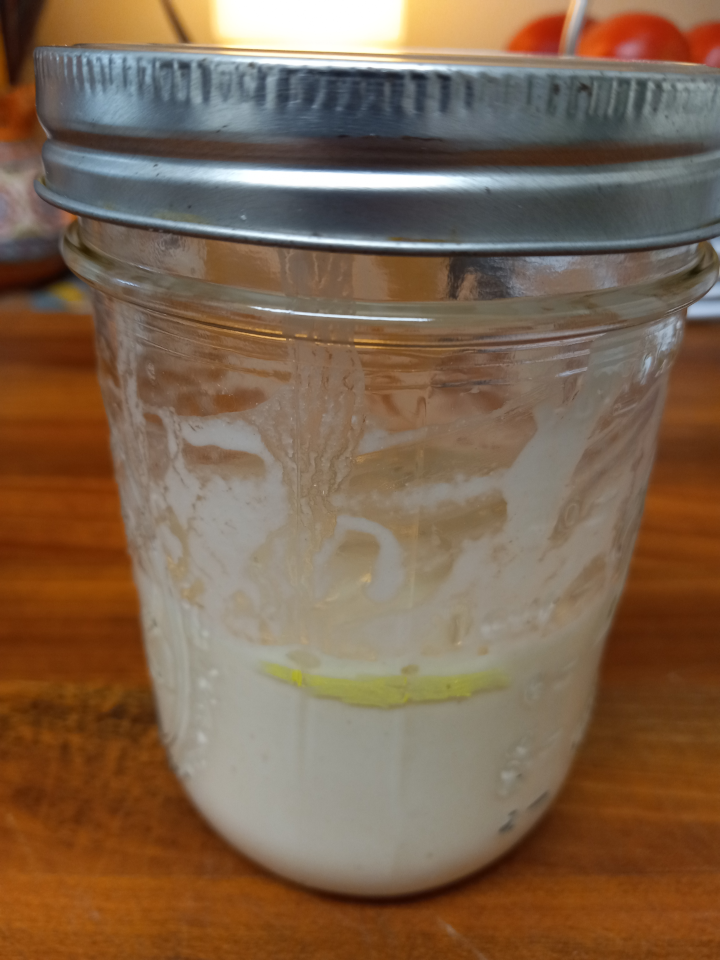
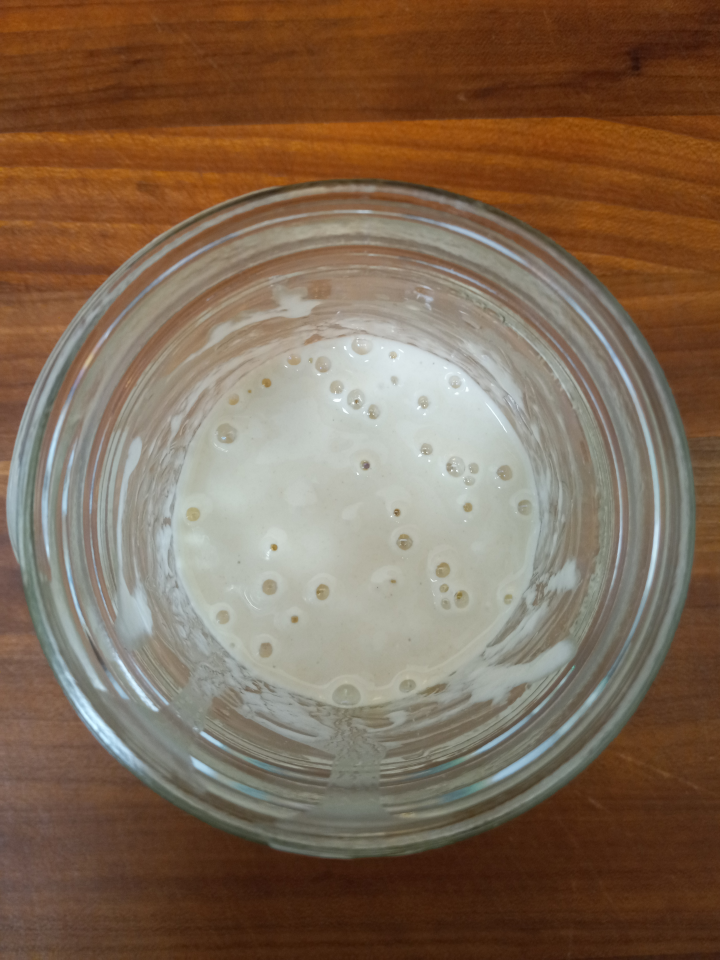
Day 5
Liquid Starter
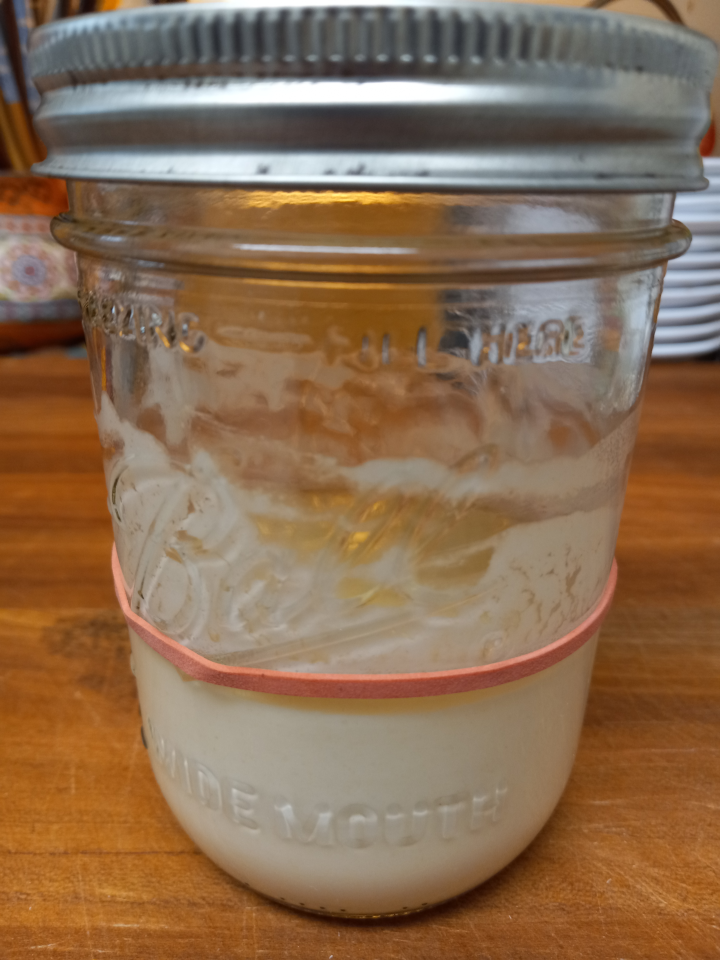
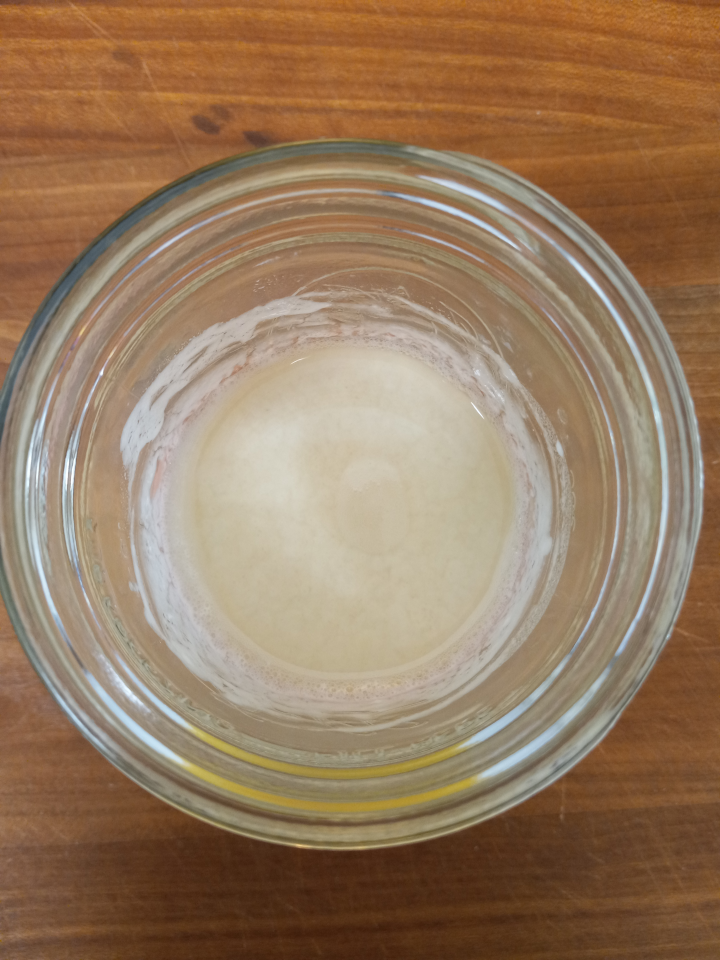
Regular Starter
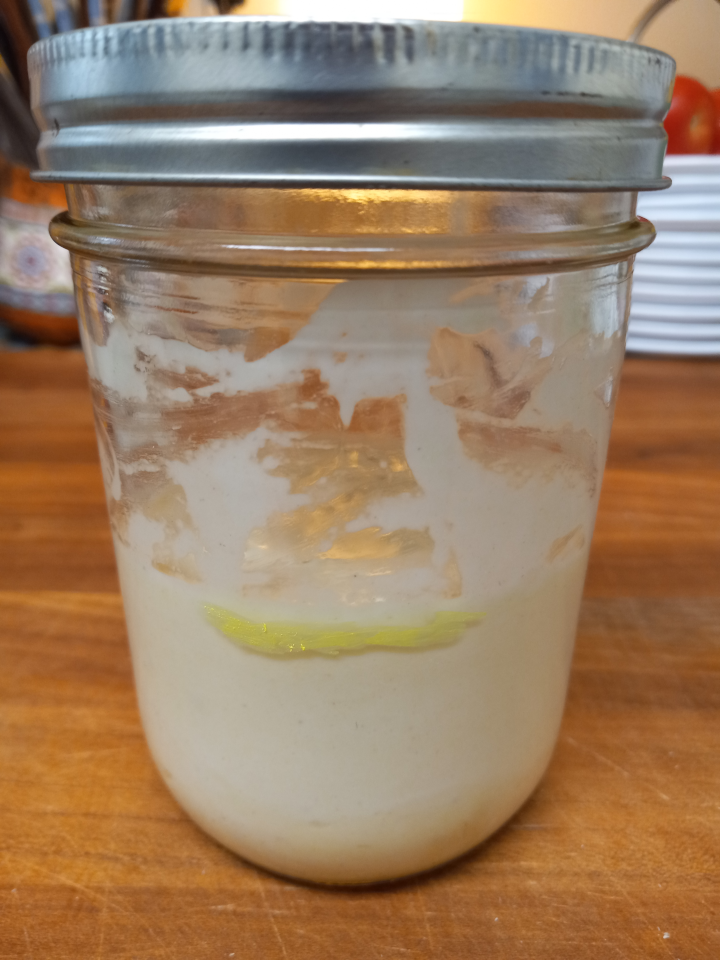
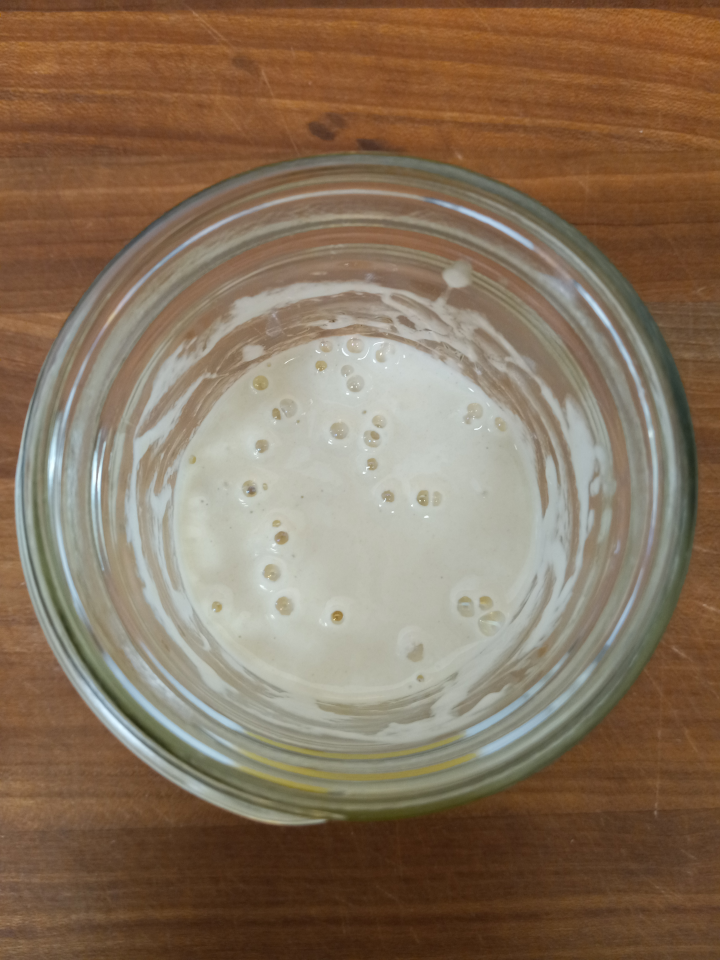
Day 6
Liquid Starter
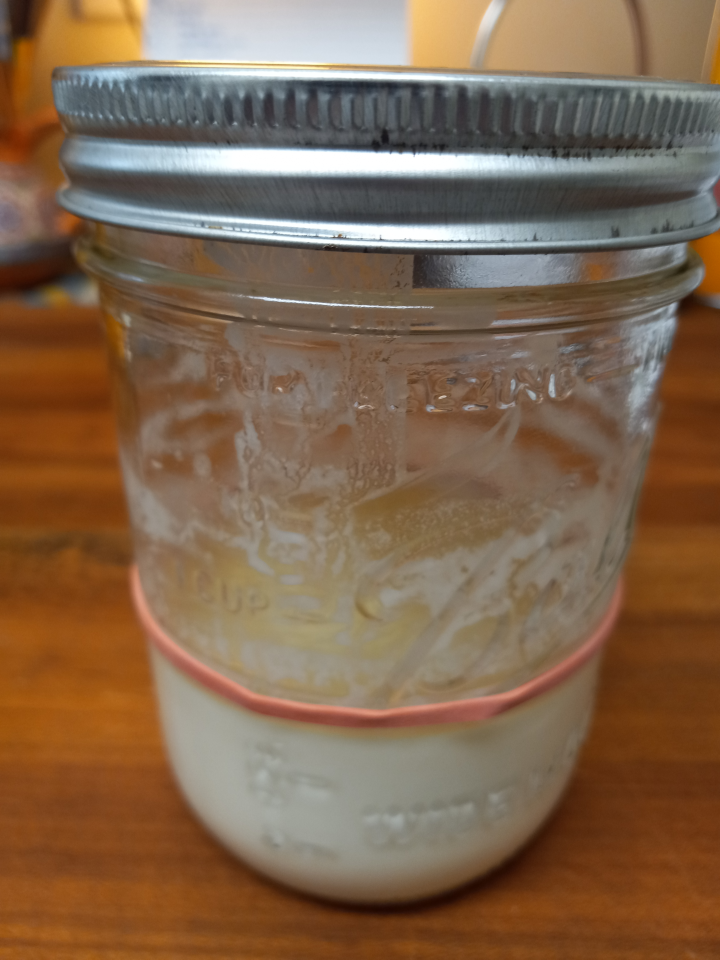
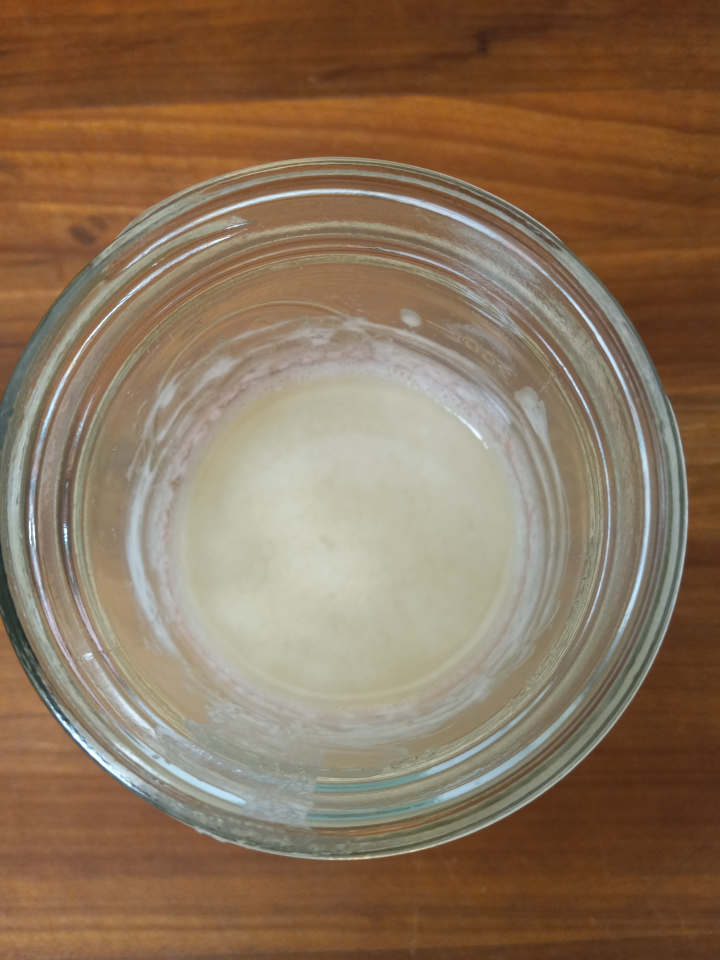
Regular Starter
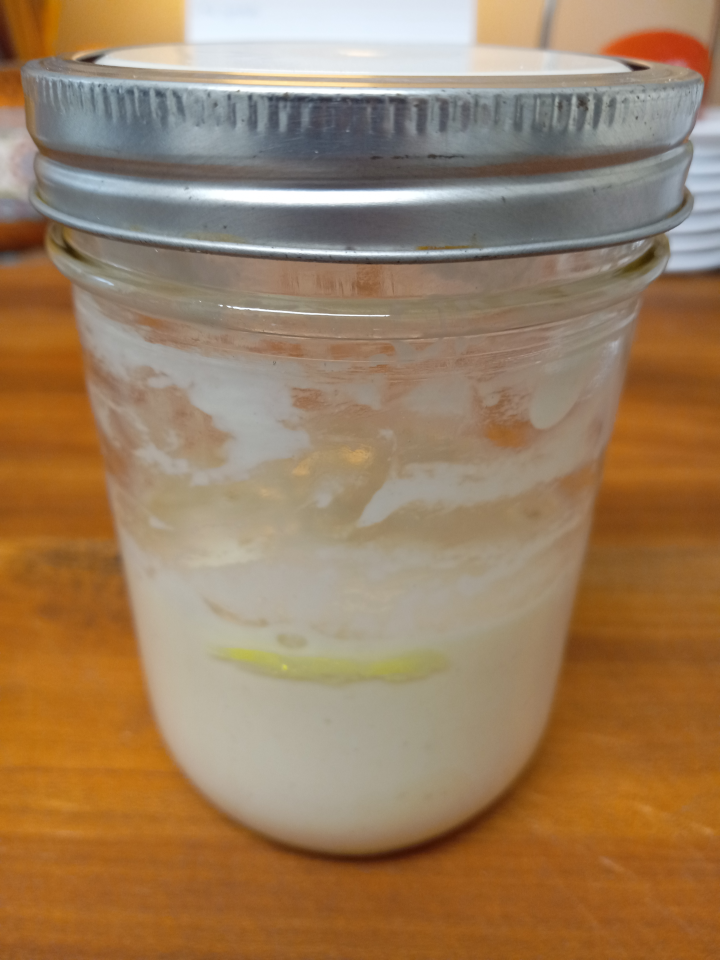
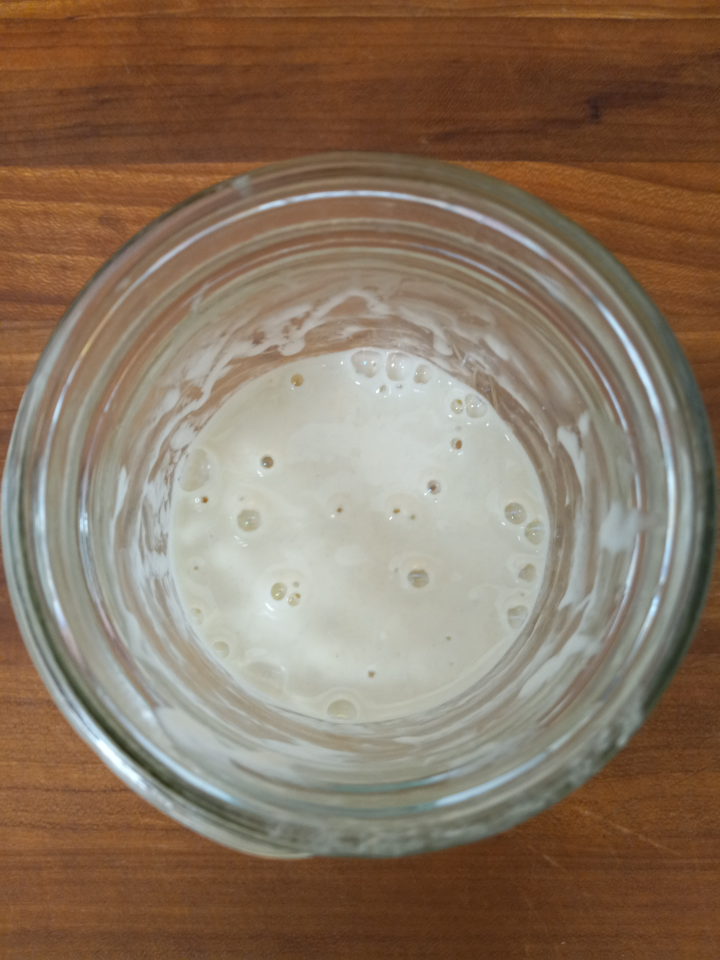
Day 7
Liquid Starter
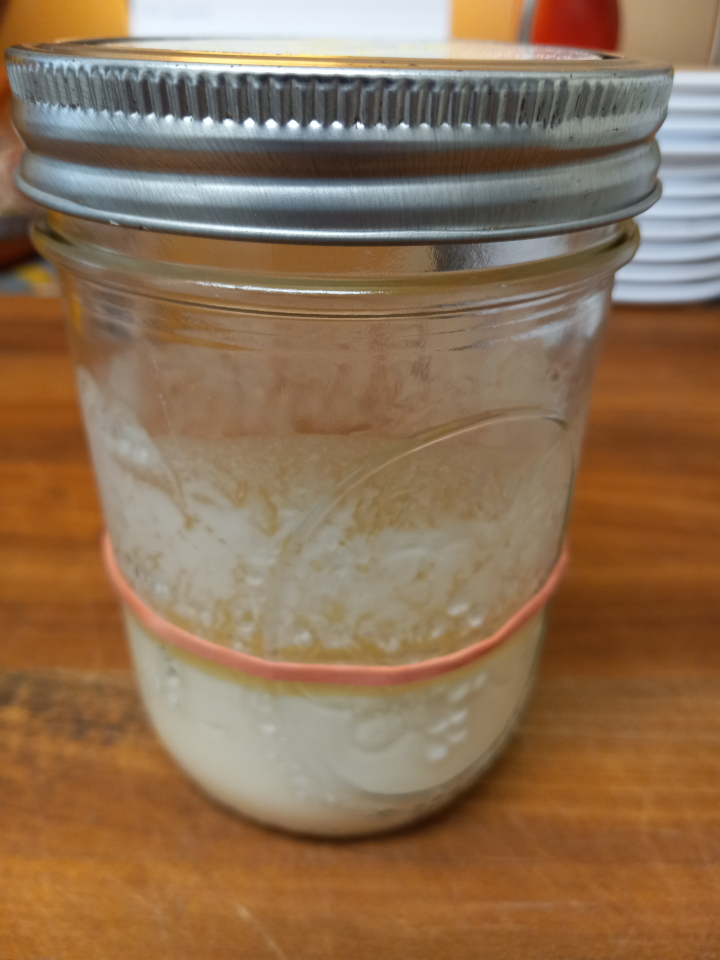
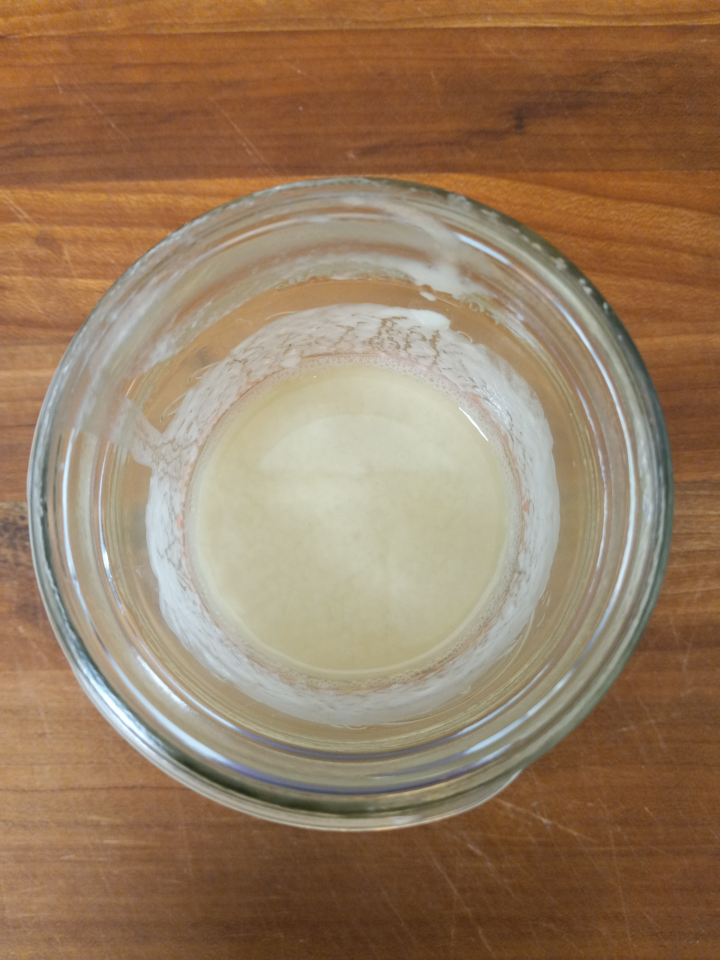
Regular Starter
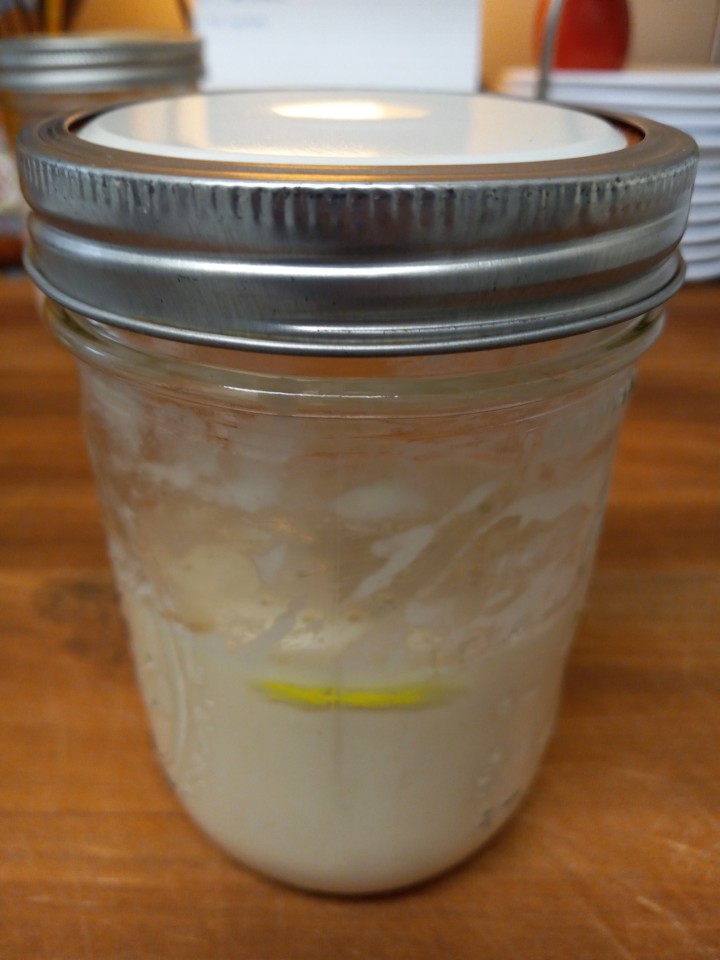
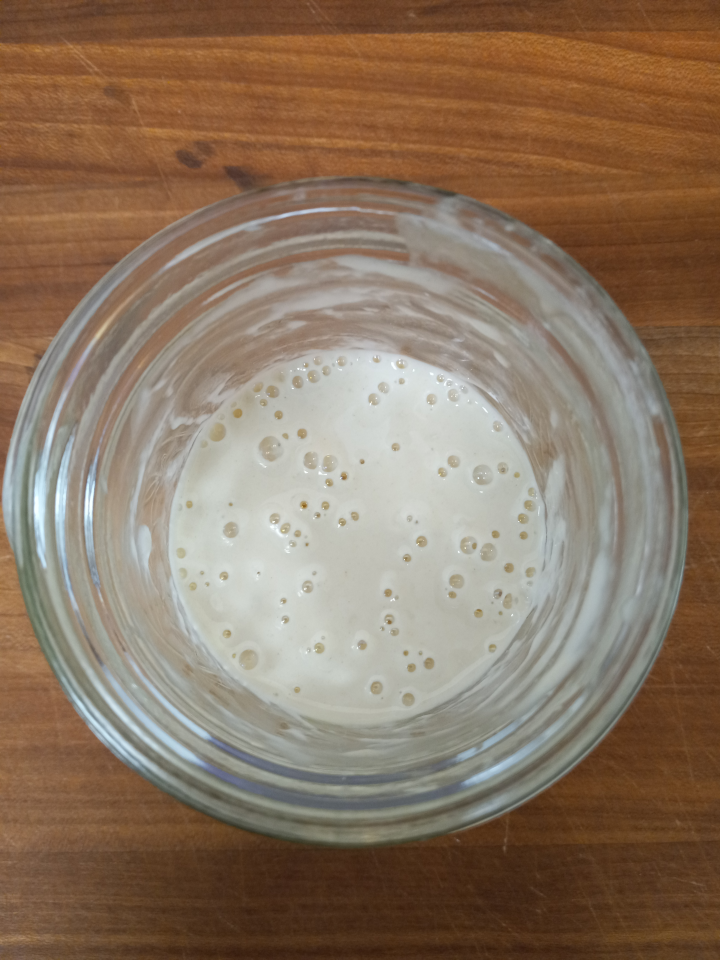
Day 8
I forgot to feed them on day 8 🙁. This mistake might have set me back a day or 2, because we were seeing improvement in gas production in the regular starter. You can see the pics from this morning below aren't as good as 2 days ago.
You can also see that the liquid starter just keeps on producing hooch. Looking back at the regular starter from day 4, I bet we can get a light rise from the liquid starter if we made a bread with it. I might try that out tomorrow.
We're not molding, though, so we can just keep feeding, watching, and smelling.
Day 9
Liquid Starter

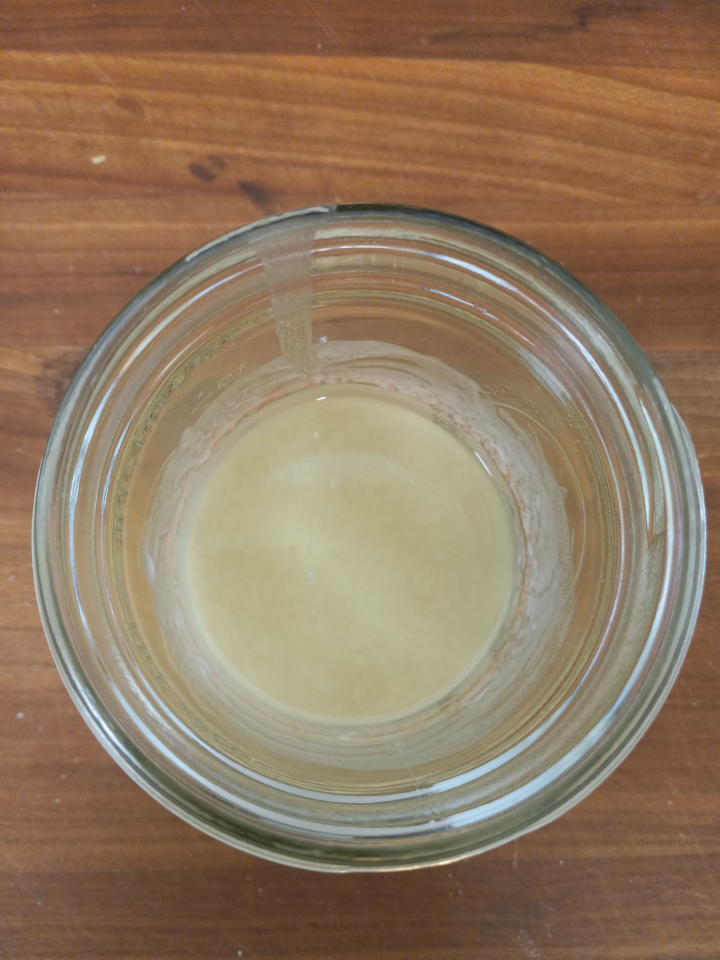
Regular Starter
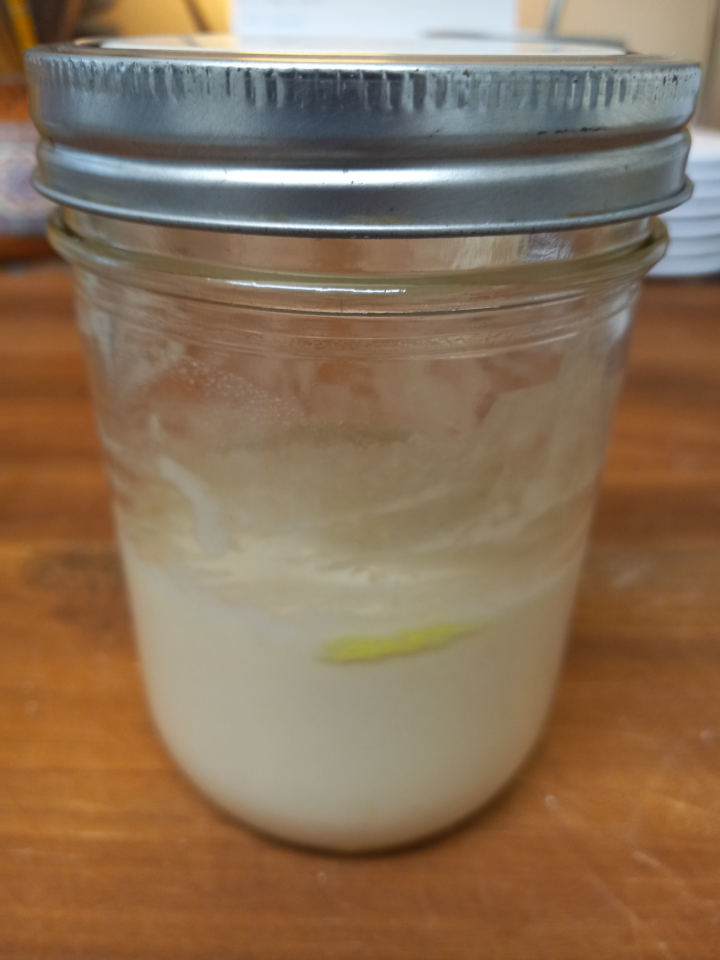
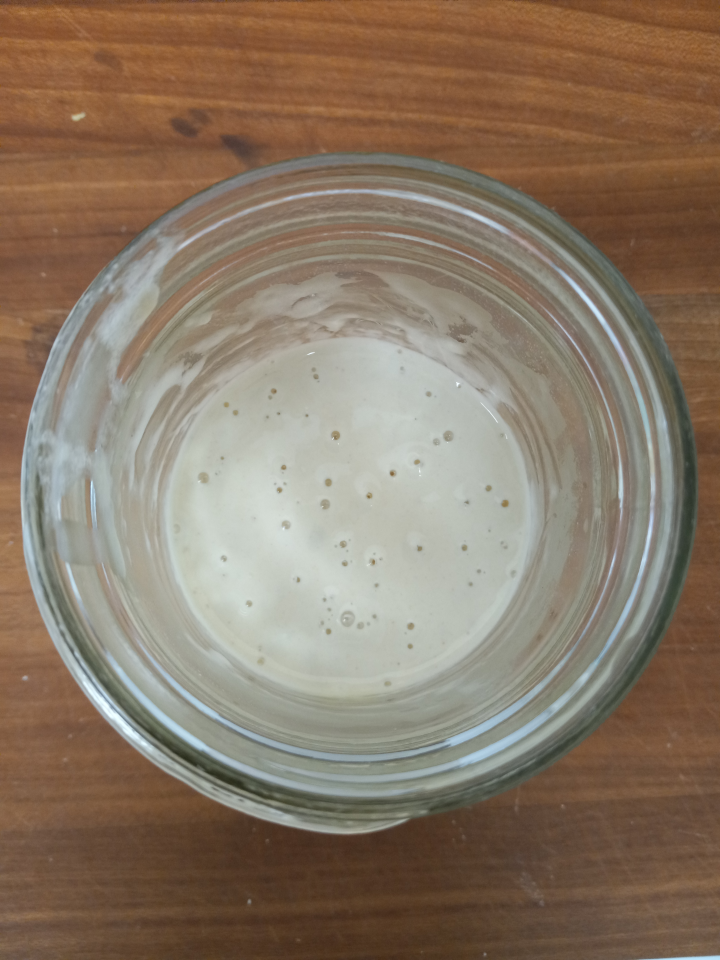
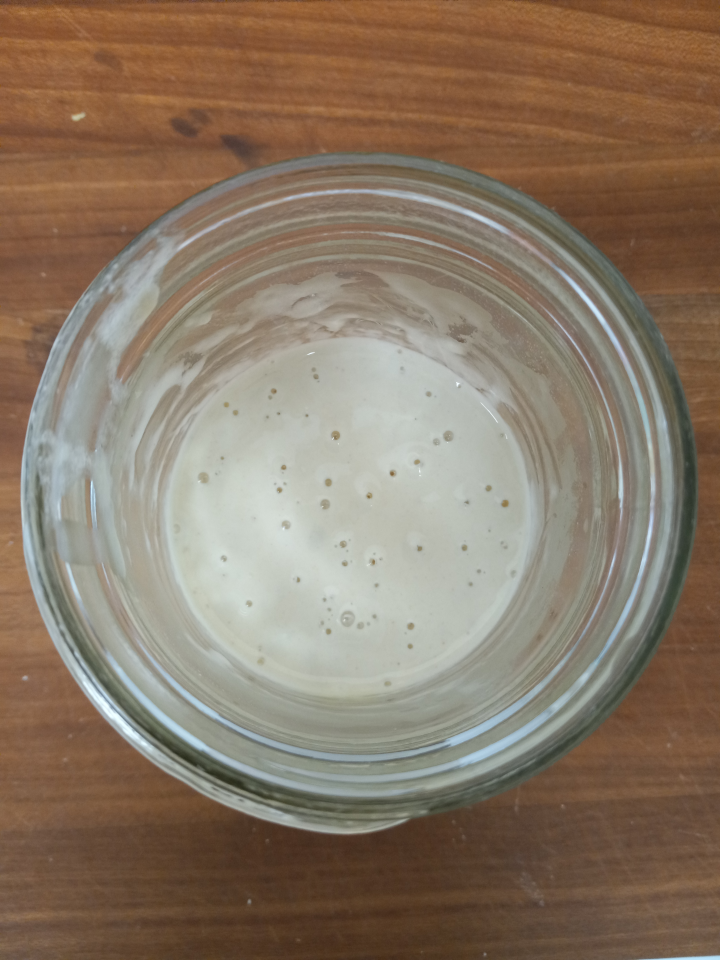
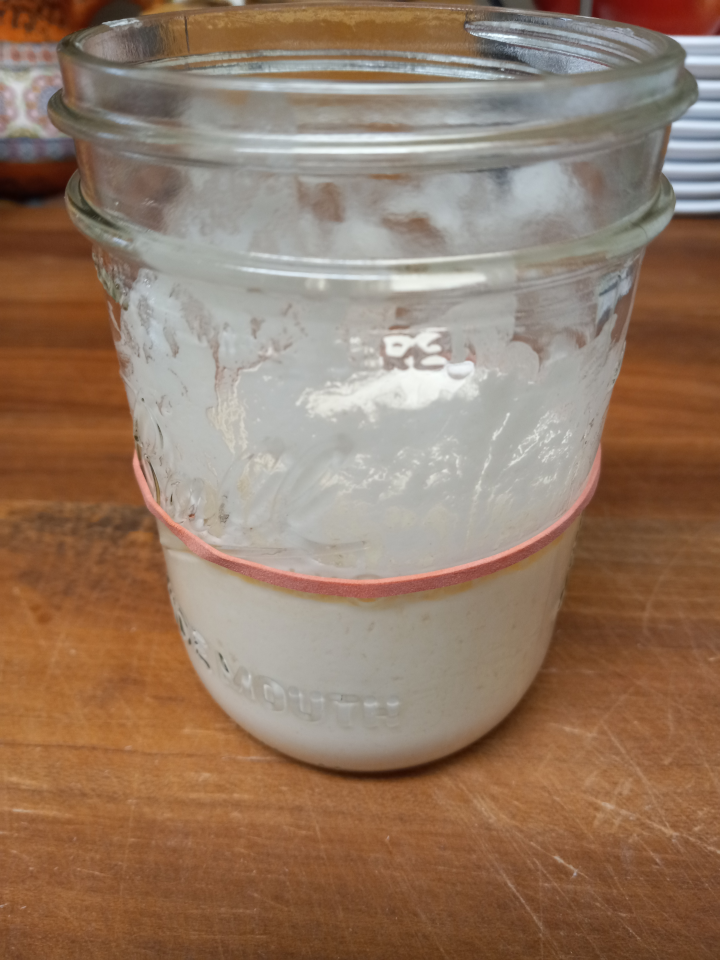
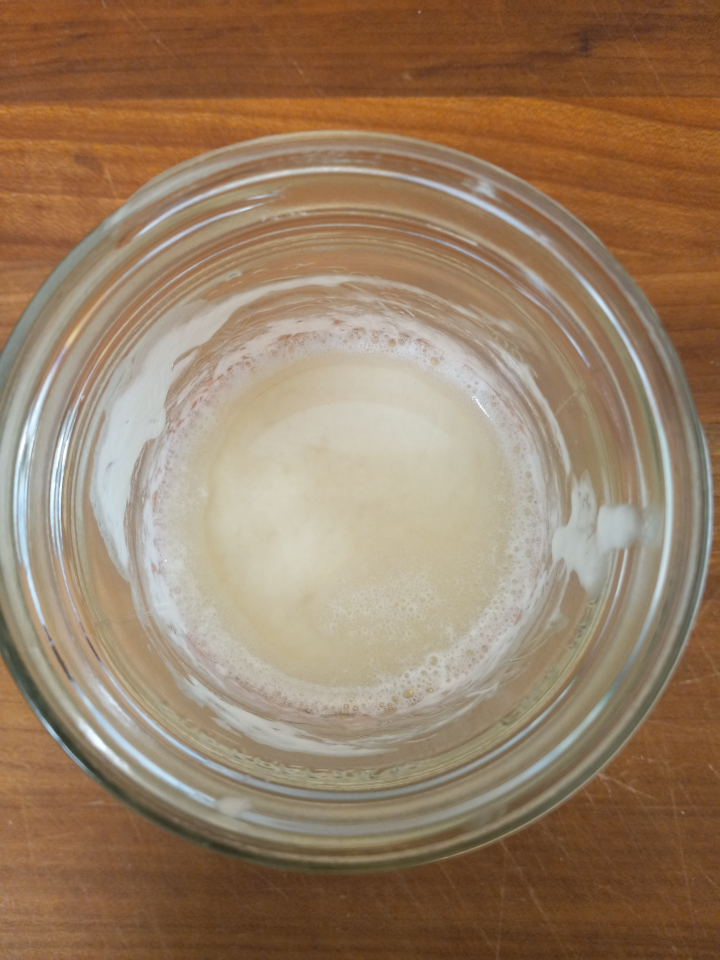
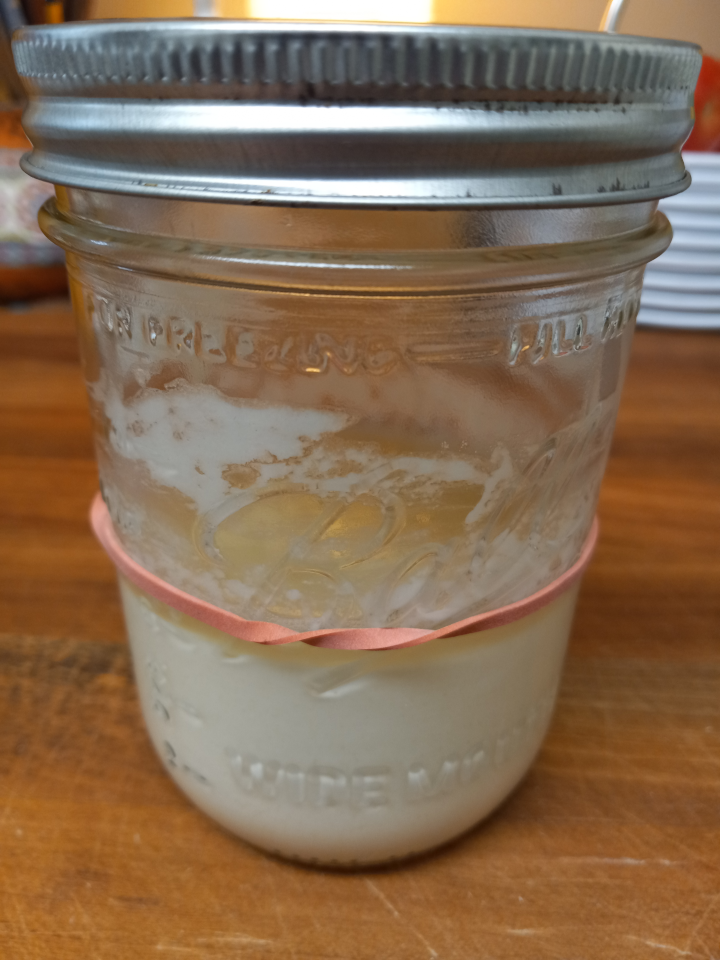
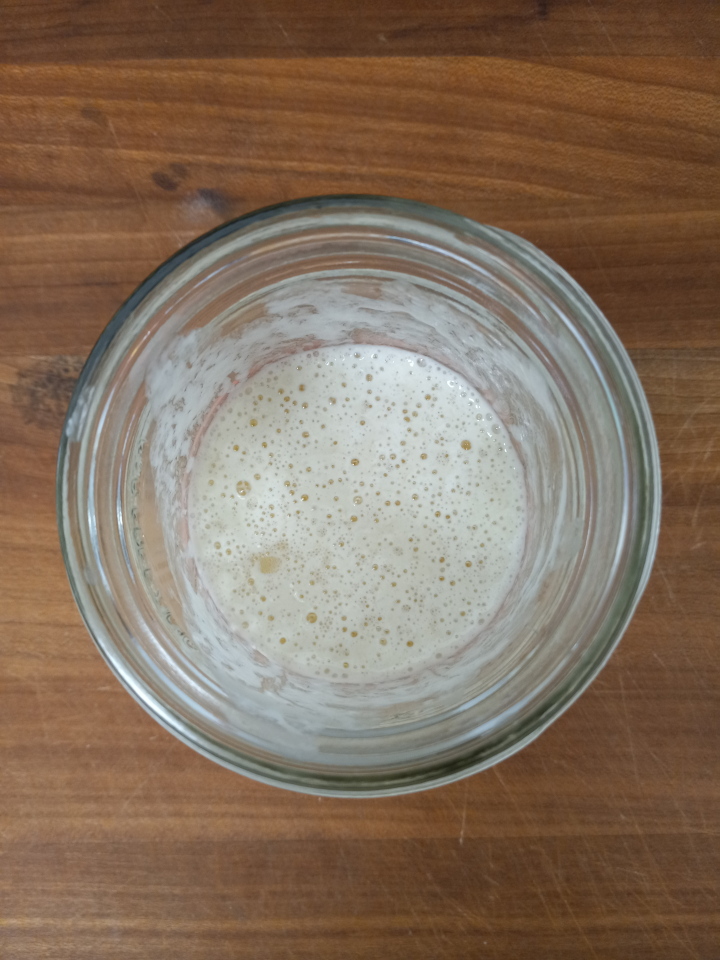
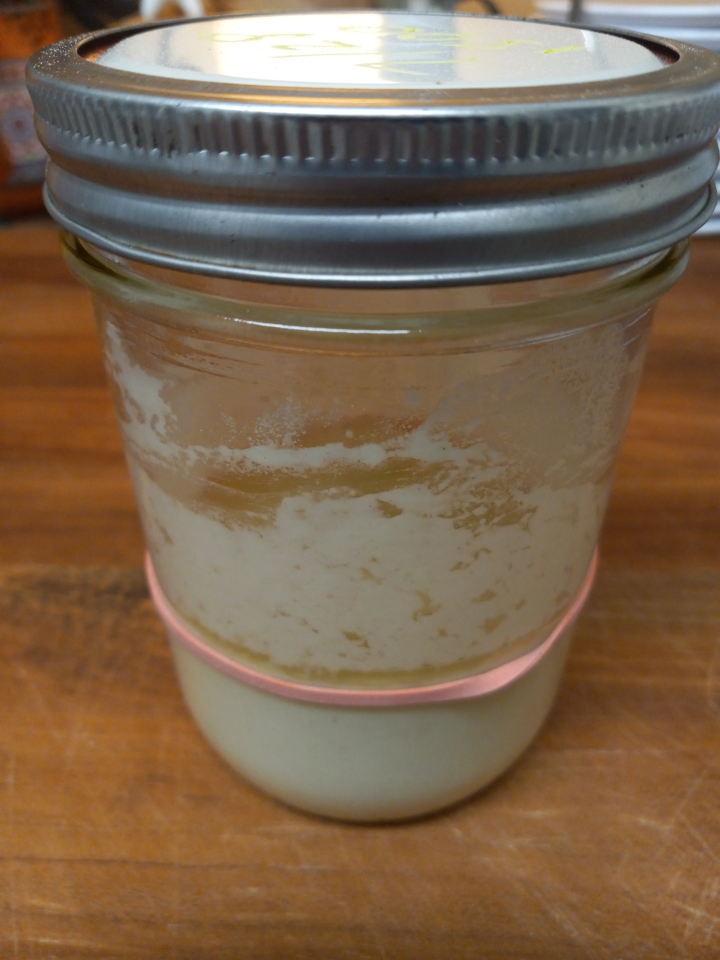
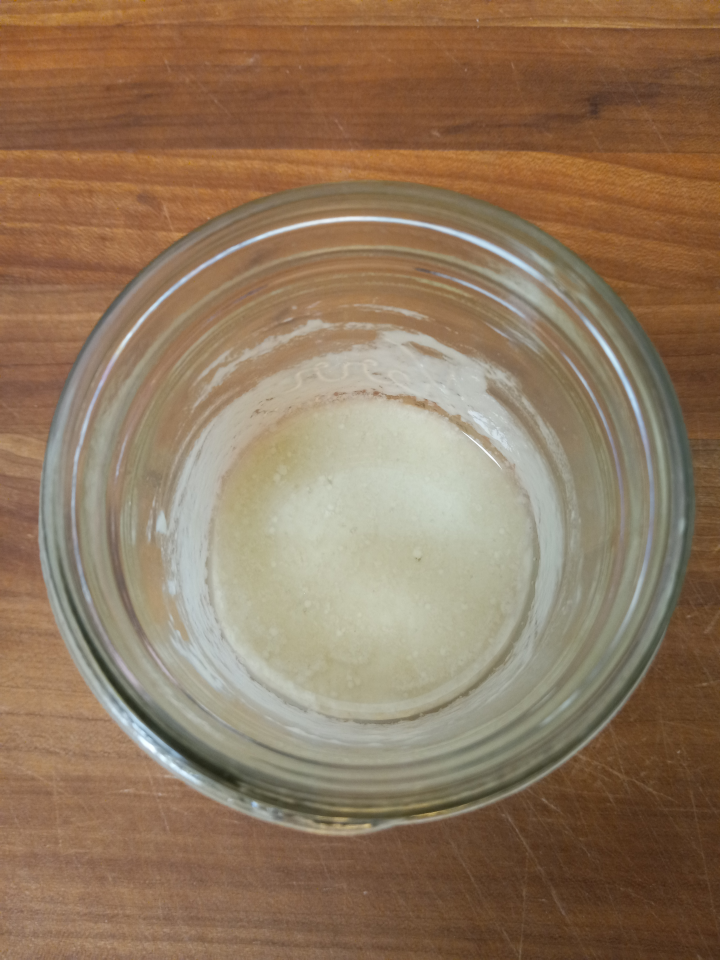
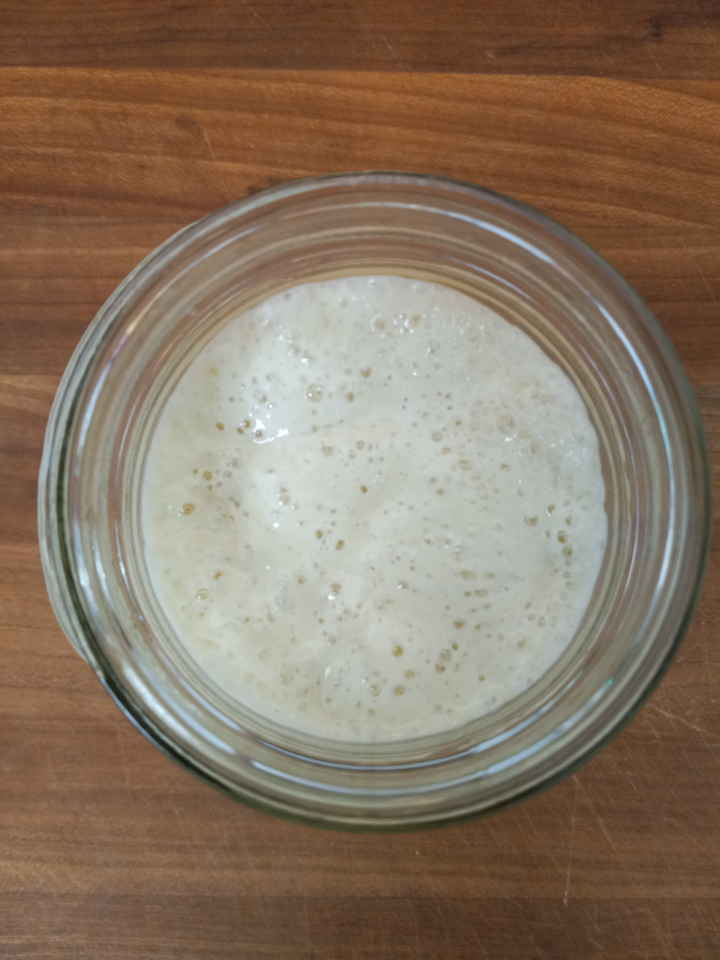
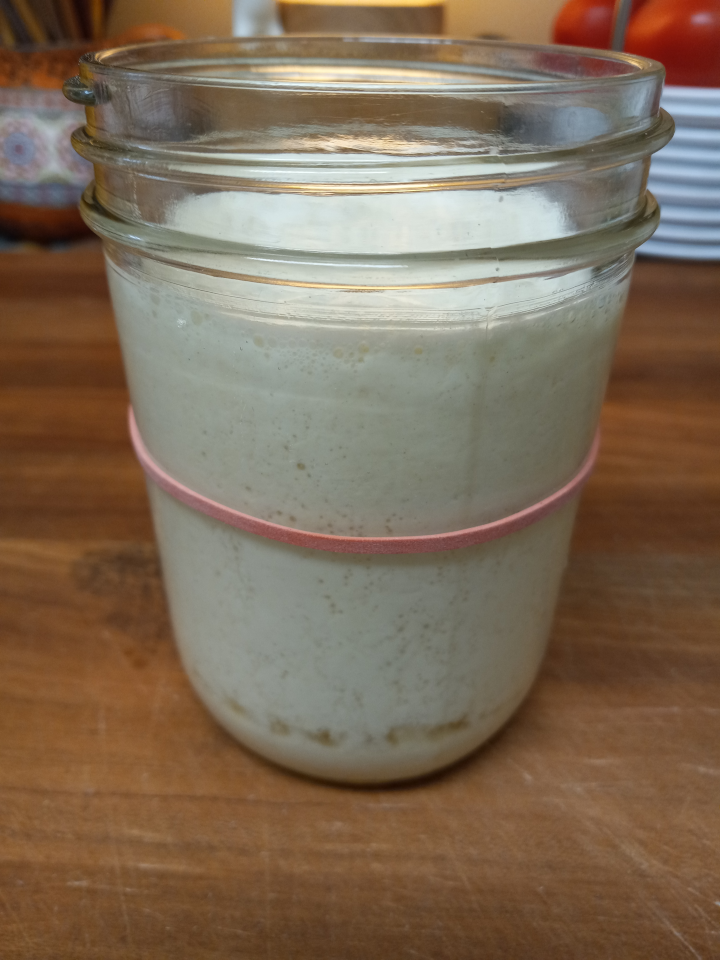
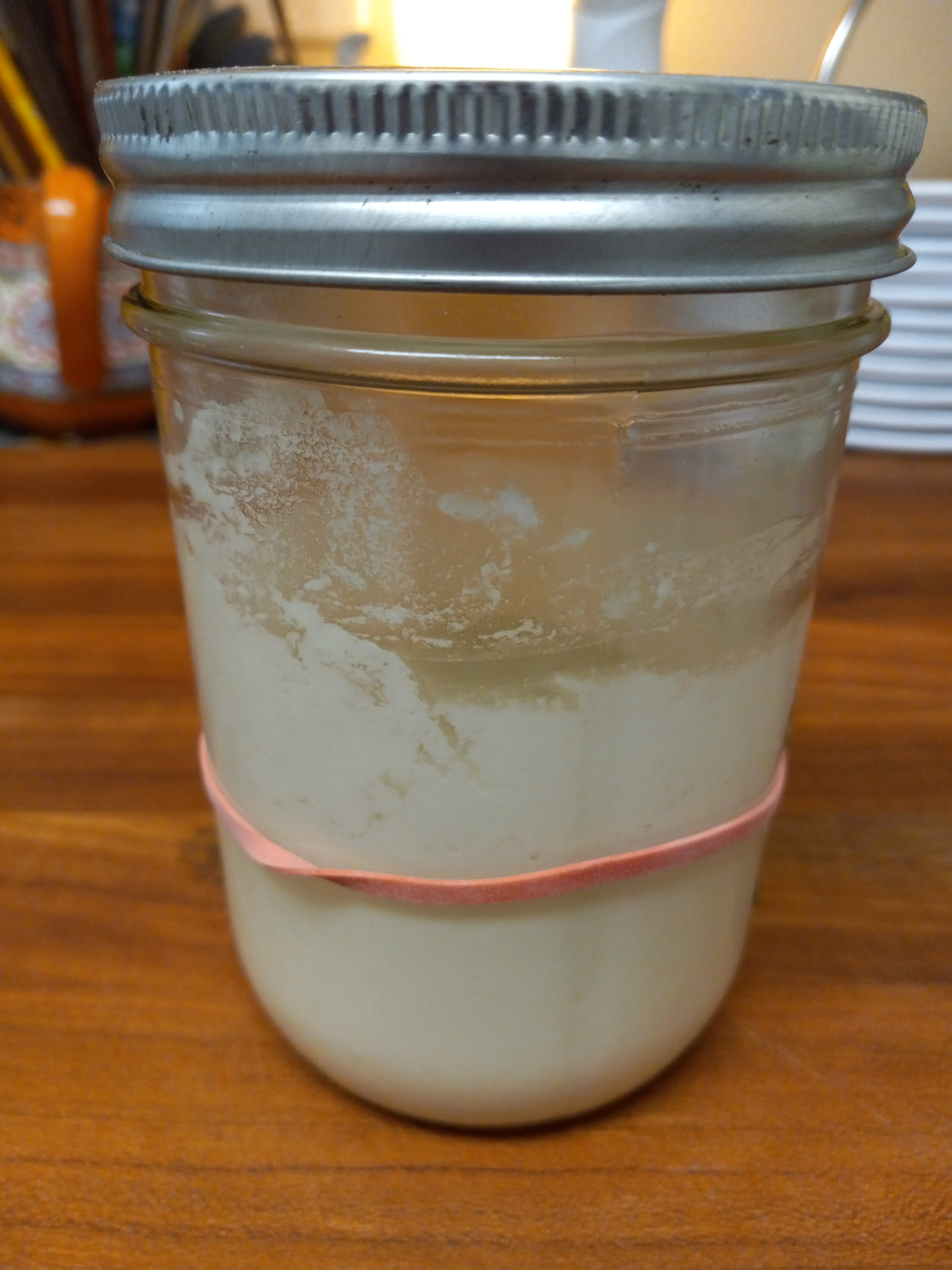
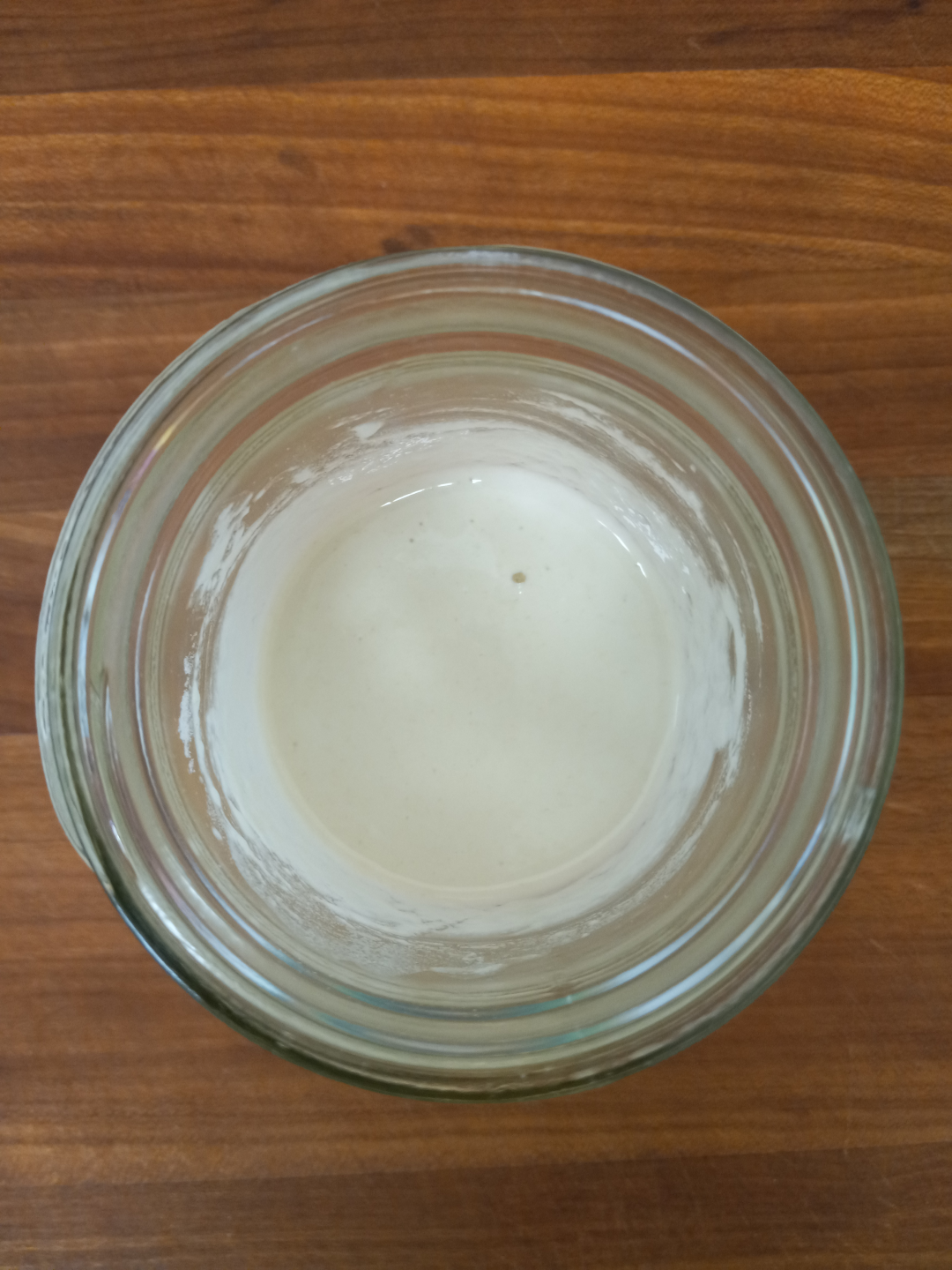

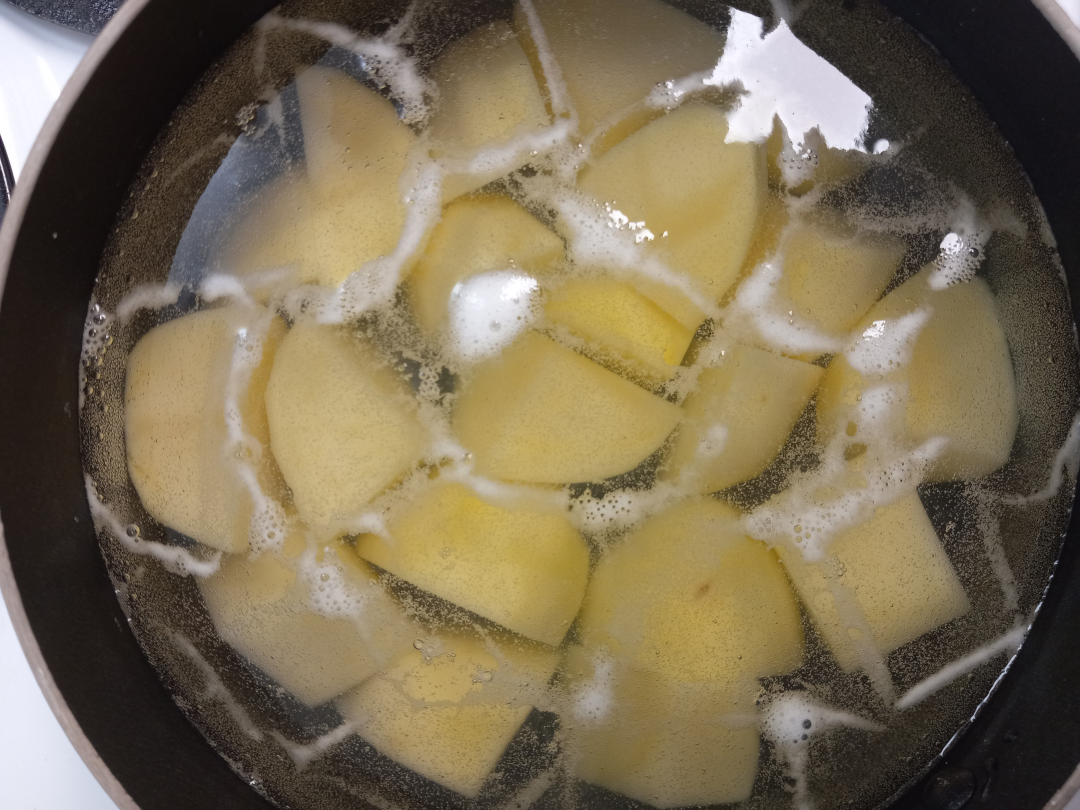
Nah, the disgusting part is the consequences of factory farming and humanity's domination of the planet and desire for meat.
Well-done burgers are the band-aid for the deeper problems.